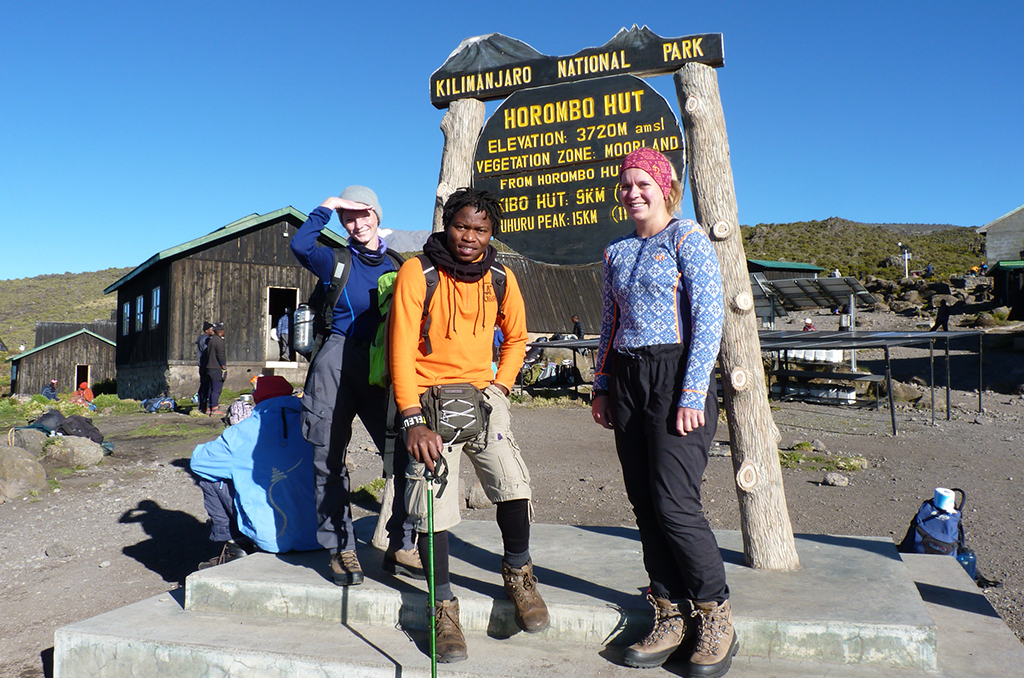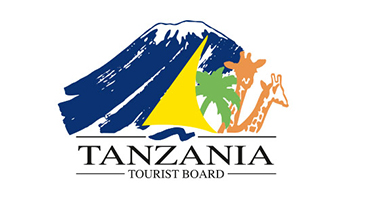Daily hiking distances
On most days, you will hike about 10km (6.2 miles). In order to adjust to the change in elevation, you will be hiking the day’s distance at a slow pace.
Midnight final ascent
The final ascent to Uhuru peak is made at night because of the weather patterns on Kilimanjaro. It is important to be off the summit by the time the clouds roll in at 10am. If you summit during the day, you run the risk of being caught in snow, hail or rainstorms. The midnight trek to the summit is designed to ensure your safety. You will also have the best views from the top at dawn.
Gear requirements
Please review our detailed packing list that explains what to bring on your climb as well as how your luggage will be carried up the mountain.
Renting gear
Bateleur safaris & Tours have most gear you will need available for rent. Please email here for prices and availability.
Carrying luggage
Porters will carry most of your luggage. You will carry a small daypack that contains your drinking water, rain gear, camera and lunch.
First aid kits
Our guides carry first aid kits that contain bandages, over the counter medicines, a pulse oximeter and some emergency supplies. Bateleur safaris guides do not carry prescription medicines so you will have to bring your own.
Purchasing energy snacks
You cannot get energy snacks or drinks in Tanzania so you should bring a supply with you. Gel energy snacks are extremely useful for the summit day as bars may freeze.
Kilimanjaro’s icecap
According to the United Nations Environment Program, Kilimanjaro’s icecap receded 55% between 1962 and 2000. The mountain has lost 82% of its icecap since it was first surveyed in 1912. According to a 2007 study by the UNEP, almost 50% of the glaciers in Africa have disappeared and larger glaciers have been fragmented





